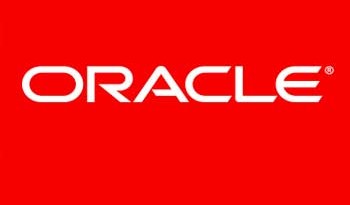Microsoft buddies up to Docker with Windows Server Containers
Microsoft has released a preview of the company’s Windows container virtualization technology
Microsoft has discharged a specialized sneak peak of the first openly accessible variant of Windows Server Containers, which will be incorporated with Windows Server 2016, the following rendition of Microsoft’s working framework for servers.
With this discharge, Microsoft is not situating Windows Server Containers as an inside and out contender to the Docker compartment, yet rather as a corresponding innovation.
Since its introduction in 2013, the Linux-based Docker has turned out to be to a great degree mainstream with engineers and associations, and has been downloaded more than 400 million times. The product gives an approach to effectively bundle an application alongside its needy libraries so it can be rapidly keep running on any Linux stage.
Windows Server Containers utilize a comparative compartment based way to deal with Docker, in that every one of the holders running on a solitary server have the same working framework part, making them littler and more responsive than standard virtual machines.
Not at all like Docker, Windows Server Containers will depend on the Windows Server working framework. This will permit associations to bundle those applications particularly based to keep running on Windows Server, and Microsoft’s .Net structure, with no misfortune in execution because of extra layers of virtualization.
Over the previous year, Microsoft has worked with Docker so that the Docker motor can control both Windows Server Containers and Docker compartments, permitting executives to oversee both in the same environment.
“Presently you can utilize either the Windows Docker customer or the Linux Docker customer to control machines on either working framework,” Russinovich said.
To further advance utilization of the new compartment, Microsoft has likewise redesigned Visual Studio to permit clients to make a Windows Server Container specifically from inside of the coordinated improvement environment, then add their application to the holder and run the bundle inside of Azure, Microsoft’s cloud administration.



